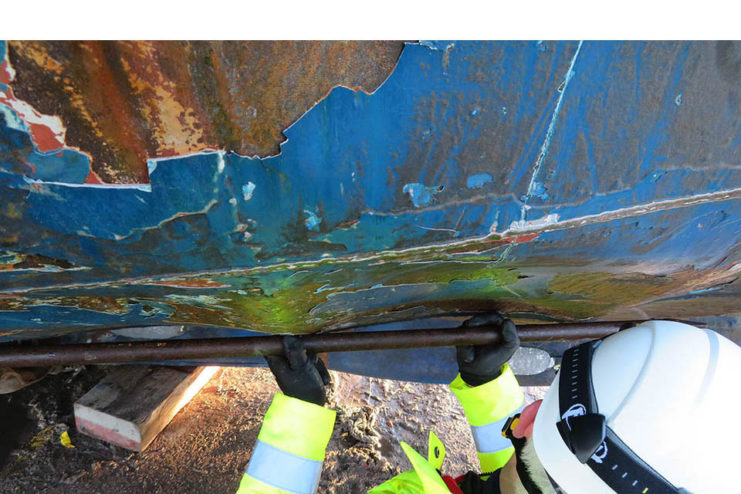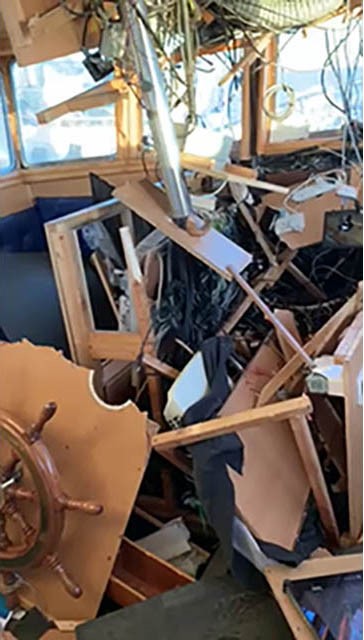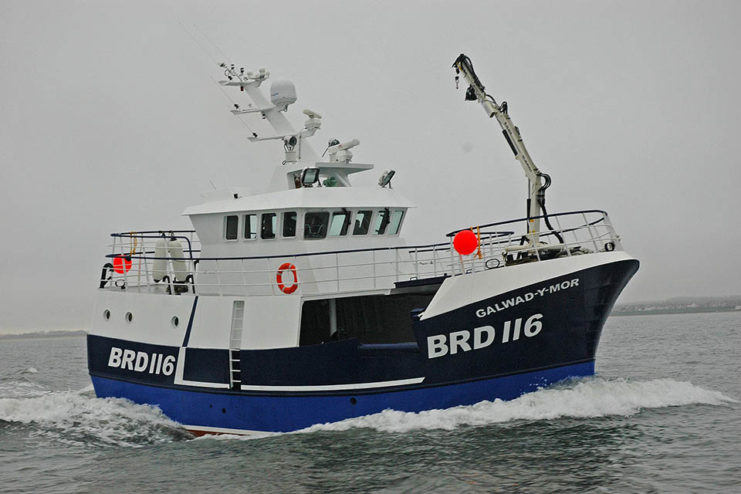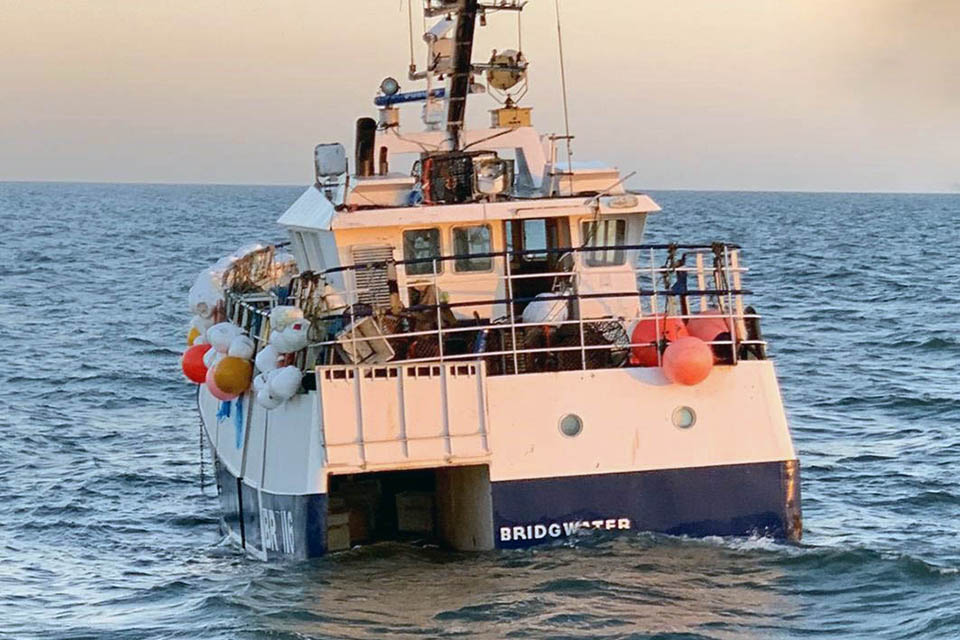A crew of crab fishermen were nearly killed when an explosion expected to be from a WWII bomb lifted their 42-foot vessel, the Galwad-Y-Mor, out of the water and it came crashing back down in the North Sea near Norfolk, England.
The crew of seven, two British and five Latvians, were hauling in crab pots when the explosion occurred at 11:20 am on Tuesday, December 22, 25 miles north of Cromer, Norfolk.
The skipper of the boat was in the wheelhouse when the crew reported an unusual amount of tension on the line. That is when the explosion happened.

Authorities believe that the crab pot line accidentally dredged up old unexploded ordnance from World War II though no official determination as to the precise cause of the explosion has been announced.
The skipper was dazed and injured by the blast. The 13-year-old boat had lost all electrical systems and propulsion as a result of the accident. When the skipper learned that the rest of the crew was injured and that the engine room was taking on water, he ordered the crew to abandon ship.
He then texted a sister ship and activated the radio beacon that indicates the position of the ship to rescuers.

The crew launched their lifeboat and were picked up by the Esvagt Njord, an offshore support vessel.
The ship settled low in the water but did not sink. Investigators say that despite the widespread and significant damage to the ship, the bulkhead on either side of the engine room remained intact and the flooding was kept contained.
The ship was towed to its home port in Grimsby. There it was removed from the water and inspected by investigators from the Marine Accident Investigation Branch (MAIB).
Investigators were able to determine that the cause of the blast came from outside of the ship and from under the water, perhaps an old WWII bomb. They could find no evidence of an explosion from inside of the ship. The report from the MAIB said that there was nothing the crew could have done to prevent the accident from occurring.
Inspectors found shell plating indentations and ruptures to the hull. The main engine room was displaced from its bedplate. The decks of the ship were warped. The wheelhouse, too, received significant damage.
All members of the crew were injured in the explosion. Some of their injuries were described as “life-changing.” The three crew members with the most serious injuries were airlifted to Hull by a coastguard rescue helicopter. The other four were brought to shore on the Cromer lifeboat. On shore, they were treated by paramedics before being transported to the Norfolk and Norwich University Hospital.

Although suspected to be a WWII era bomb, the report does not speculate on the age of the explosive device or whether it was of German or British origin. A full investigation into the incident is ongoing. The MAIB has notified the Maritime and Coastguard Agency, the Receiver of Wreck and the Ministry of Defence about the event.
Another Article From Us: 100 year old ‘Flying Tiger’ Harry Moyer Still Flies Every Week
A German investigation in 2011 found that there were more than 1 million tons of old war munitions in German waters in the North and Baltic Seas. Much of the unexploded ordnance was dumped in the seas after the war. The report prophetically noted that the presence of the munitions and the fact that the locations of the dumps are not well documented presents a danger to those who work on the sea. It specifically mentions fishermen who could catch a bomb in one of their nets.
